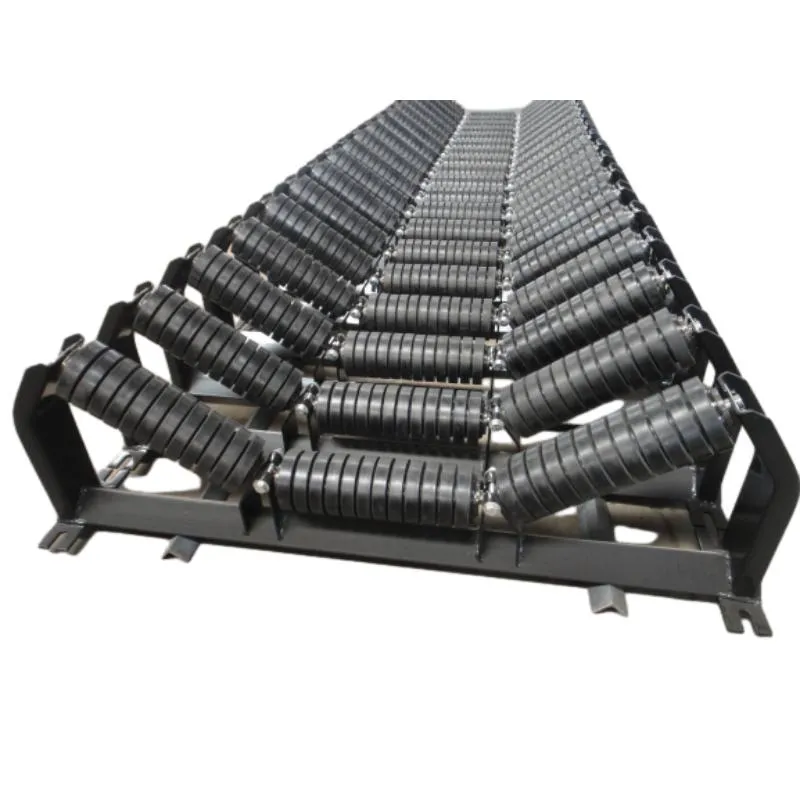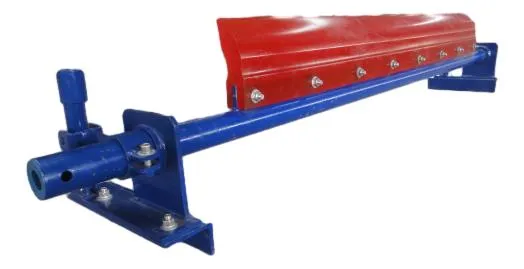 Afrikaans
Afrikaans  Albanian
Albanian  Amharic
Amharic  Arabic
Arabic  Armenian
Armenian  Azerbaijani
Azerbaijani  Basque
Basque  Belarusian
Belarusian  Bengali
Bengali  Bosnian
Bosnian  Bulgarian
Bulgarian  Catalan
Catalan  Cebuano
Cebuano  Corsican
Corsican  Croatian
Croatian  Czech
Czech  Danish
Danish  Dutch
Dutch  English
English  Esperanto
Esperanto  Estonian
Estonian  Finnish
Finnish  French
French  Frisian
Frisian  Galician
Galician  Georgian
Georgian  German
German  Greek
Greek  Gujarati
Gujarati  Haitian Creole
Haitian Creole  hausa
hausa  hawaiian
hawaiian  Hebrew
Hebrew  Hindi
Hindi  Miao
Miao  Hungarian
Hungarian  Icelandic
Icelandic  igbo
igbo  Indonesian
Indonesian  irish
irish  Italian
Italian  Japanese
Japanese  Javanese
Javanese  Kannada
Kannada  kazakh
kazakh  Khmer
Khmer  Rwandese
Rwandese  Korean
Korean  Kurdish
Kurdish  Kyrgyz
Kyrgyz  Lao
Lao  Latin
Latin  Latvian
Latvian  Lithuanian
Lithuanian  Luxembourgish
Luxembourgish  Macedonian
Macedonian  Malgashi
Malgashi  Malay
Malay  Malayalam
Malayalam  Maltese
Maltese  Maori
Maori  Marathi
Marathi  Mongolian
Mongolian  Myanmar
Myanmar  Nepali
Nepali  Norwegian
Norwegian  Norwegian
Norwegian  Occitan
Occitan  Pashto
Pashto  Persian
Persian  Polish
Polish  Portuguese
Portuguese  Punjabi
Punjabi  Romanian
Romanian  Russian
Russian  Samoan
Samoan  Scottish Gaelic
Scottish Gaelic  Serbian
Serbian  Sesotho
Sesotho  Shona
Shona  Sindhi
Sindhi  Sinhala
Sinhala  Slovak
Slovak  Slovenian
Slovenian  Somali
Somali  Spanish
Spanish  Sundanese
Sundanese  Swahili
Swahili  Swedish
Swedish  Tagalog
Tagalog  Tajik
Tajik  Tamil
Tamil  Tatar
Tatar  Telugu
Telugu  Thai
Thai  Turkish
Turkish  Turkmen
Turkmen  Ukrainian
Ukrainian  Urdu
Urdu  Uighur
Uighur  Uzbek
Uzbek  Vietnamese
Vietnamese  Welsh
Welsh  Bantu
Bantu  Yiddish
Yiddish  Yoruba
Yoruba  Zulu
Zulu Feb . 06, 2025 03:43
Back to list
types of idler in belt conveyor
When discussing conveyor systems, the role of the conveyor idler cannot be understated. Its fundamental purpose is to support the conveyor belt and the material being transported. Without an understanding of the different types of conveyor idlers, businesses may face inefficiencies and increased operational costs. This article draws upon extensive industry experience and expertise to explore various types of conveyor idlers, ensuring informed decisions that enhance productivity and trustworthiness.
Given the diverse needs across different industries, proprietary designs and custom-fitted idlers are becoming more prevalent. Businesses specializing in highly specific materials may require tailored solutions to ensure maximum efficiency and safety standards. The innovative use of advanced materials, such as composite rollers, offer numerous benefits over traditional materials, including weight reduction and energy savings through lower rolling resistance. When selecting the appropriate idler type, factors like load weight, environmental conditions, and belt speed must be considered. A trusted supplier with high expertise in conveyor systems can provide crucial advice, helping businesses choose idlers that align with their operational requirements and contribute to sustainable practices. The technological evolution in conveyor idler manufacturing has also introduced features like automated idler alignment and monitoring systems. These advancements allow for real-time tracking of idler performance, enabling preemptive maintenance and thus reducing the risk of unexpected failures. Industry professionals understand that neglected or poorly designed idlers are often the unseen culprits behind conveyor system failures. Investing in the right idler setup not only enhances productivity but also reduces long-term costs and cultivates trustworthiness in system design and functionality. To implement a reliable and efficient idler system, collaboration with experienced engineers and utilizing reputable suppliers is imperative. This ensures that each component of the conveyor system, especially idlers, is optimized for maximum efficiency and longevity. In summary, the types of conveyor idlers—carrying, return, and impact—each play a vital role within conveyor systems. Thoughtful selection and proper maintenance of these idlers, tailored to specific industry needs and conditions, will enhance operational efficiency, introduce cost-savings, and instill confidence in the technology utilized. Such informed decisions not only reflect a deep understanding and expertise in conveyor technology but also uphold the principles of authority and trustworthiness in industrial operations.


Given the diverse needs across different industries, proprietary designs and custom-fitted idlers are becoming more prevalent. Businesses specializing in highly specific materials may require tailored solutions to ensure maximum efficiency and safety standards. The innovative use of advanced materials, such as composite rollers, offer numerous benefits over traditional materials, including weight reduction and energy savings through lower rolling resistance. When selecting the appropriate idler type, factors like load weight, environmental conditions, and belt speed must be considered. A trusted supplier with high expertise in conveyor systems can provide crucial advice, helping businesses choose idlers that align with their operational requirements and contribute to sustainable practices. The technological evolution in conveyor idler manufacturing has also introduced features like automated idler alignment and monitoring systems. These advancements allow for real-time tracking of idler performance, enabling preemptive maintenance and thus reducing the risk of unexpected failures. Industry professionals understand that neglected or poorly designed idlers are often the unseen culprits behind conveyor system failures. Investing in the right idler setup not only enhances productivity but also reduces long-term costs and cultivates trustworthiness in system design and functionality. To implement a reliable and efficient idler system, collaboration with experienced engineers and utilizing reputable suppliers is imperative. This ensures that each component of the conveyor system, especially idlers, is optimized for maximum efficiency and longevity. In summary, the types of conveyor idlers—carrying, return, and impact—each play a vital role within conveyor systems. Thoughtful selection and proper maintenance of these idlers, tailored to specific industry needs and conditions, will enhance operational efficiency, introduce cost-savings, and instill confidence in the technology utilized. Such informed decisions not only reflect a deep understanding and expertise in conveyor technology but also uphold the principles of authority and trustworthiness in industrial operations.
Next:
Latest news
-
Revolutionizing Conveyor Reliability with Advanced Rubber Lagging PulleysNewsJul.22,2025
-
Powering Precision and Durability with Expert Manufacturers of Conveyor ComponentsNewsJul.22,2025
-
Optimizing Conveyor Systems with Advanced Conveyor AccessoriesNewsJul.22,2025
-
Maximize Conveyor Efficiency with Quality Conveyor Idler PulleysNewsJul.22,2025
-
Future-Proof Your Conveyor System with High-Performance Polyurethane RollerNewsJul.22,2025
-
Driving Efficiency Forward with Quality Idlers and RollersNewsJul.22,2025
OUR PRODUCTS





























